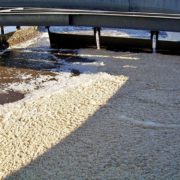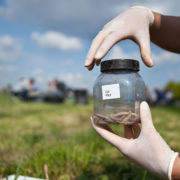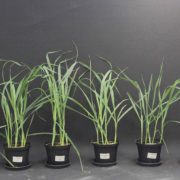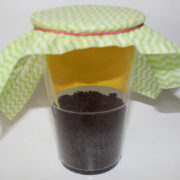HP 14 classification of mirror entries in the List of Wastes – proposals for further developing the German ‘Recommendations for the ecotoxicological characterization of wastes’
According to Directive 2008/98/EG in connection with Decision 2000/532/EC (European List of Wastes, LoW), waste has to be classified as hazardous or non-hazardous. The LoW contains ‘absolute hazardous entries’ (wastes that are hazardous without further assessment), ‘absolute non-hazardous entries’ (wastes that are non-hazardous without further assessment) and ‘mirror entries’ (wastes that can be classified as […]

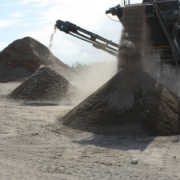 Ralf Ketelhut
Ralf Ketelhut D. Leib
D. Leib K. Duis
K. Duis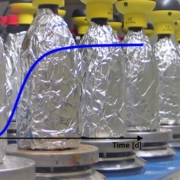 T. Junker
T. Junker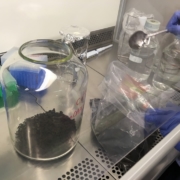 University of Aarhus
University of Aarhus